Video installation / two films
45’35” each
photographs
book
2010-2015
In MIRA, Study for a Portrait, Jelena Jureša deconstructs and reconstructs her portrait of Mira as a twofold process, taking into consideration, on the one hand, notions of the portrait as a fixed and coded art-historical genre, a complete, executed object, while on the other hand, in “a study for a portrait”, the artist underscores the process of building identity.
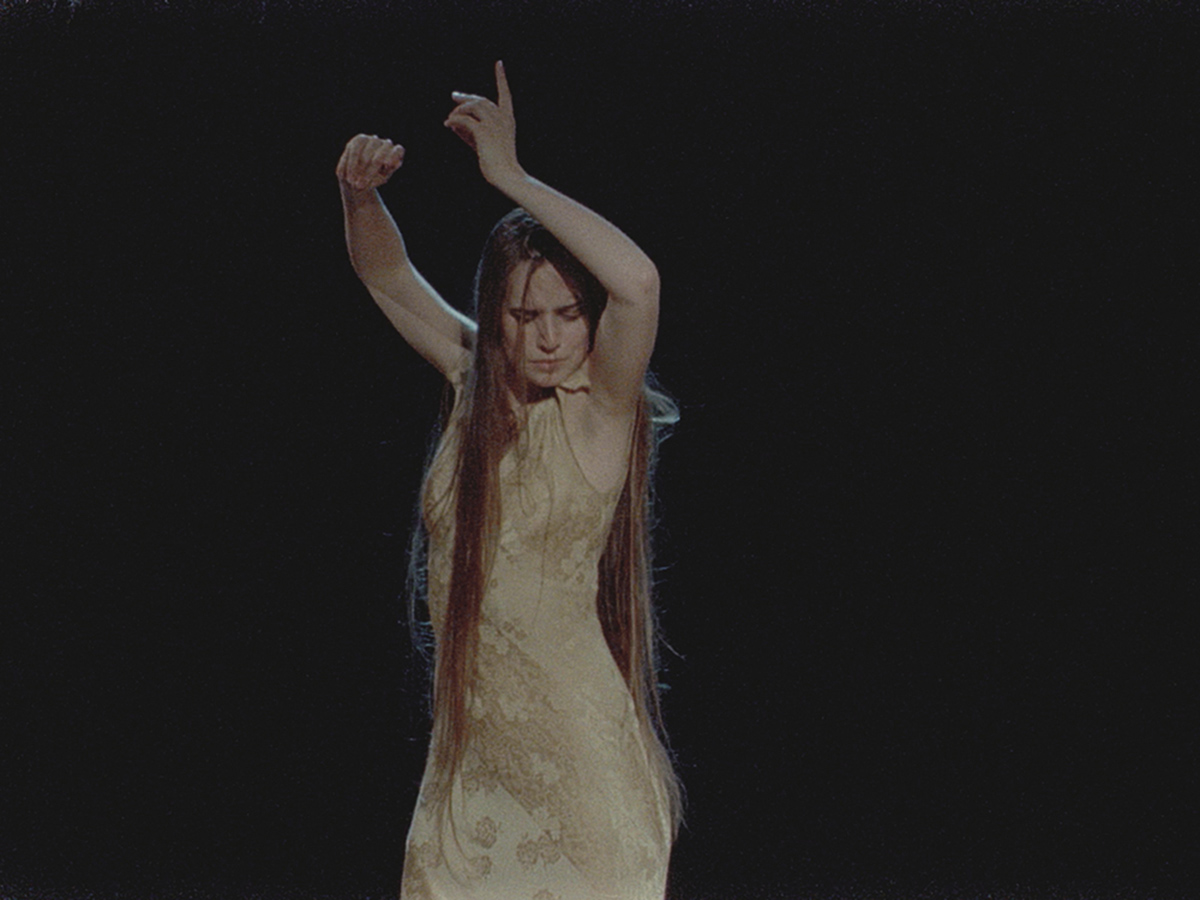
In Mira, Study for a Portrait, photography is central and may be viewed as a score written alongside the text, where image generates text and vice versa. In Mira, Jureša ponders about the fragility of a life burdened with intergenerational trauma and asks if it was possible to establish a country freed from war traumas and the wider geopolitical context. Although the video installation focuses on historical time with its objective duration and well-known historical events, these are refracted through a personal history, which is foregrounded. The work is pervaded by the notion of time as a distinct memory gap. Even though we’re not directly confronted with the breakup of Yugoslavia and the peace that has been ripped to shreds, the war is palpable, as the storytelling ends in 1990 with an individual tragedy that was deployed to announce a horrific future. Initially, in Mira, Study for a Portrait we might feel we are engaging with the biography of one woman, one country and the chronicle of a single era.
‘Similar to the quest for identity in the novel Austerlitz by W. G. Sebald, the video installation MIRA, Study for a Portrait (2010–14) by Jelena Jureša explores the quest for individual identity and the battle against amnesia among the shreds of memory. Jureša’s work is informed by the practices of the artist as a historian and the archival artist. She embarks on a quest that attempts to re-create and reconstruct a historical narrative of one very unique individual, and relatively anonymous human life, giving it a voice and unveiling series of events and circumstances that are linked around it. In this way, MIRA, Study for a Portrait illustrates the intimate exploration of the boundaries of memory. “It is the story of one woman, one family, one country, and three wars” – as the artist explains.
. . .
The central part, structured as a large-scale installation, invites the observer to dive in and follow the fate of this anonymous woman. Guided by the impulsive research of archives and stories, unique poetics and the sensibility of the artist, haunting and delicate, the work reflects both a human life and a century, “a single individual’s life and a collective historical period – the backbone of this age is shattered”. It is almost as if the entire fragmented century, historical events as pieces of its official historiography, were reflected in a series of small, individual, private, and invisible historic moments that are hidden and forgotten along the margins of existence. The cracks and fractures reflect differences in the relationships and the concept of time – the lifetime of the individual, and time as a time in history in general. It is between two conceptions of time – historical and subjective time, private and public – that lies the time of the work.’
From:
DOUBLE EXPOSURE – A COLLISION OF PAST AND PRESENT,
by Branka Benčić
Installation view
Kunstlerhaus – Halle für Kunst & Medien, Graz, Austria, installation view
Curated by Christian Egger
Photo: Courtesy of Kunstlerhaus KM
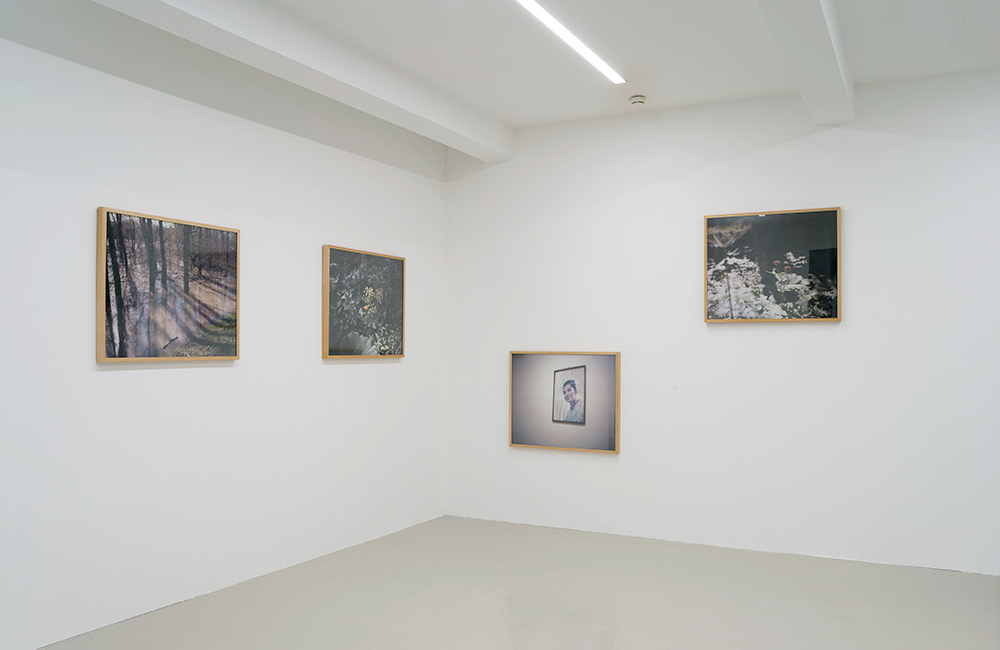
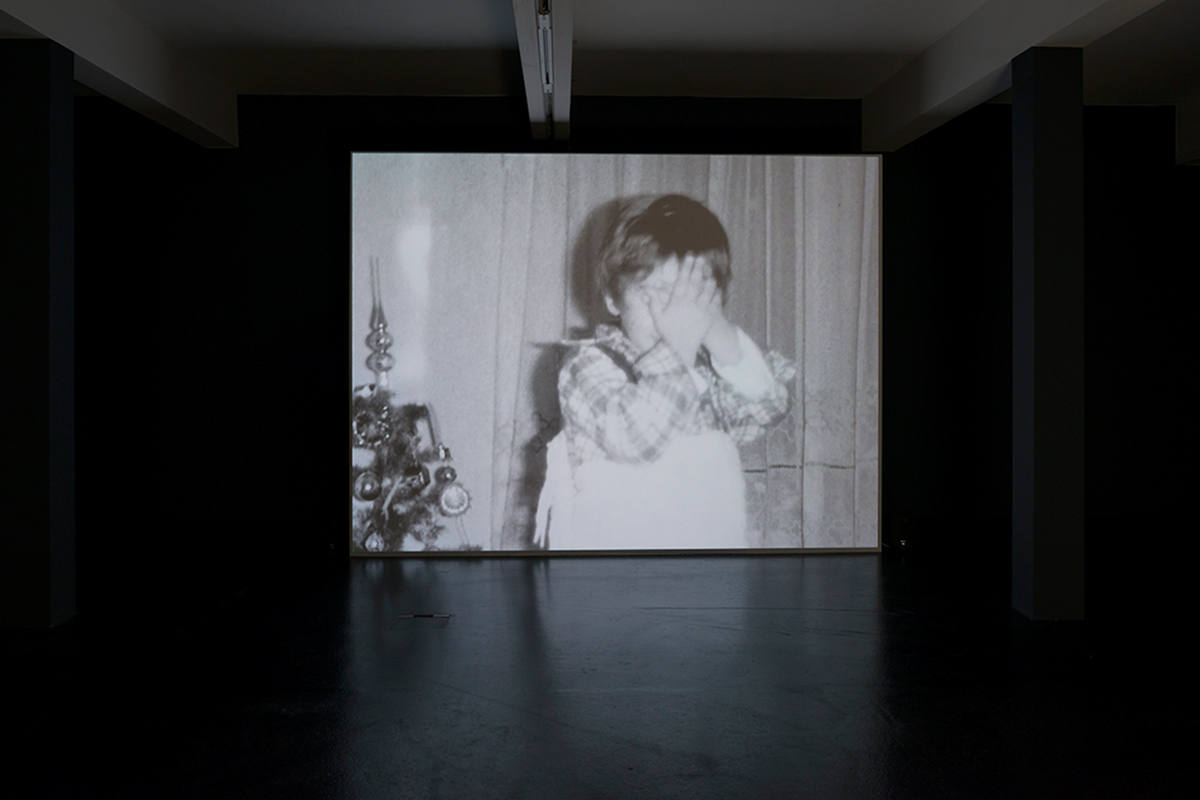


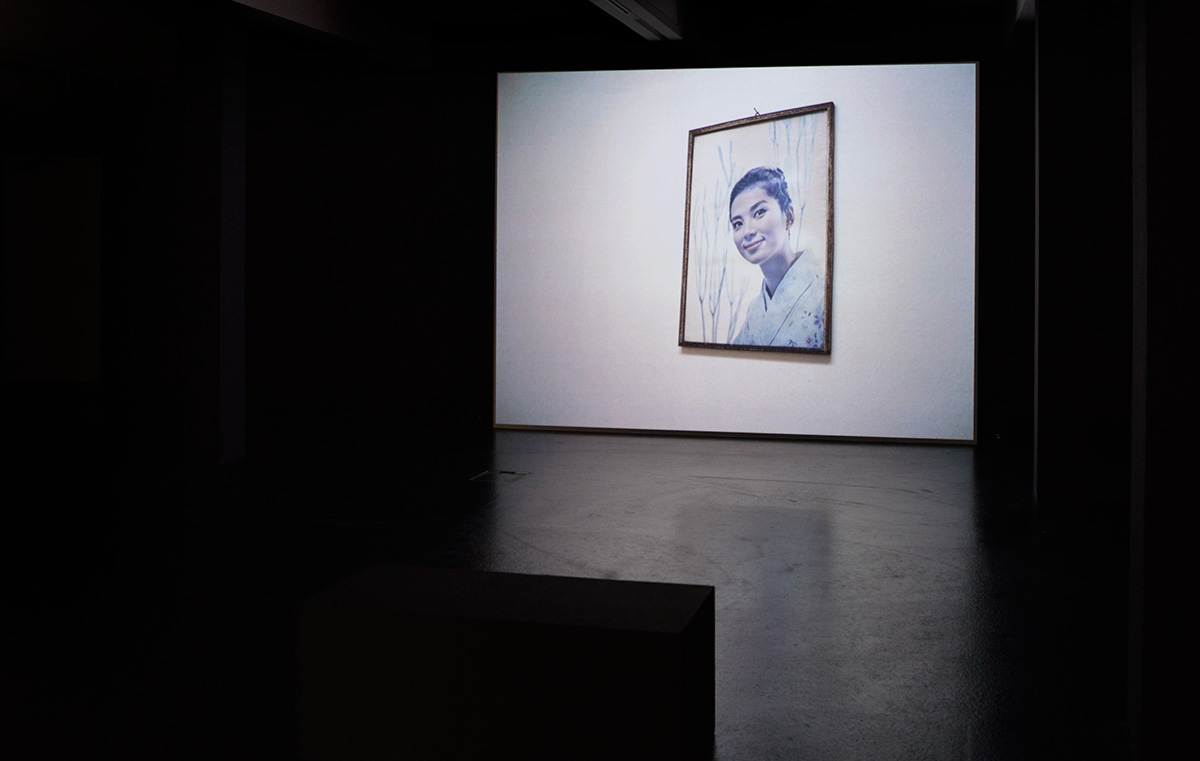
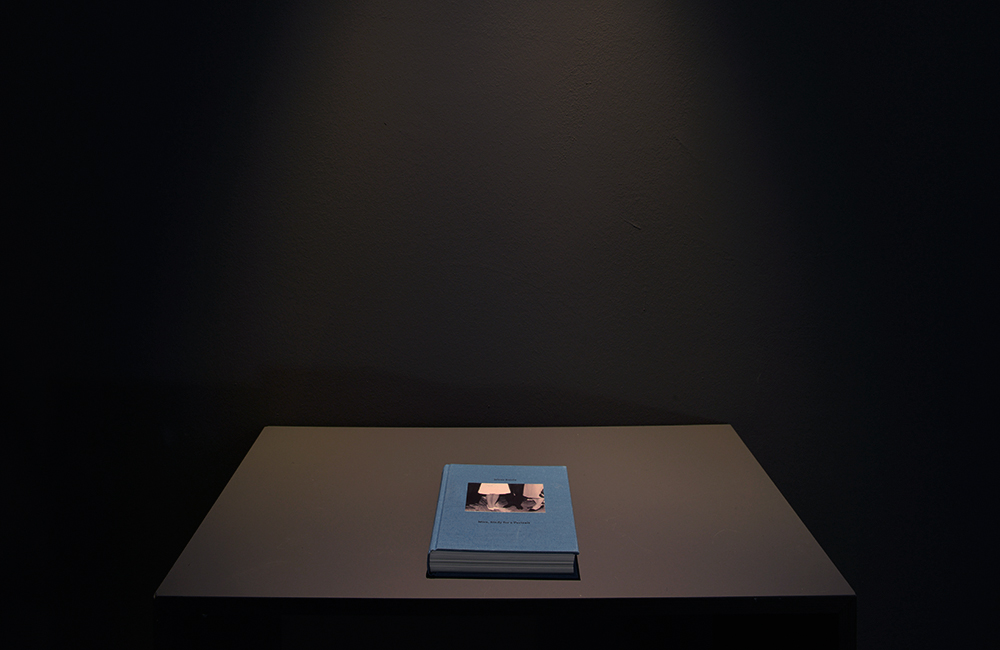
Gallery 90-60-90 (Pogon), Zagreb
Curated by Branka Bencic
Production by Marijana Stanic
Photographs: Jasenko Rasol
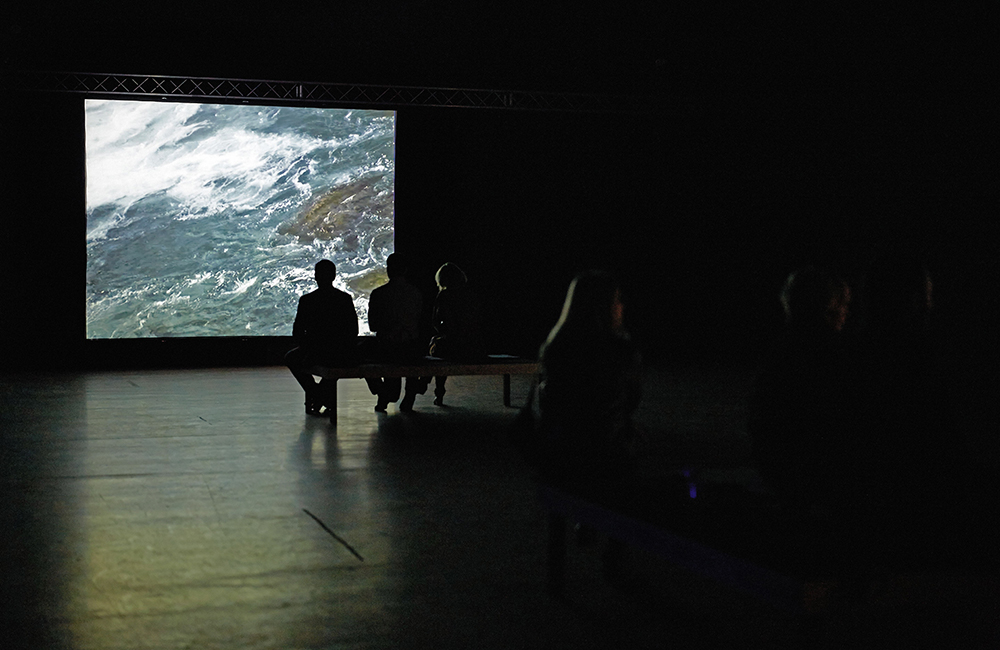
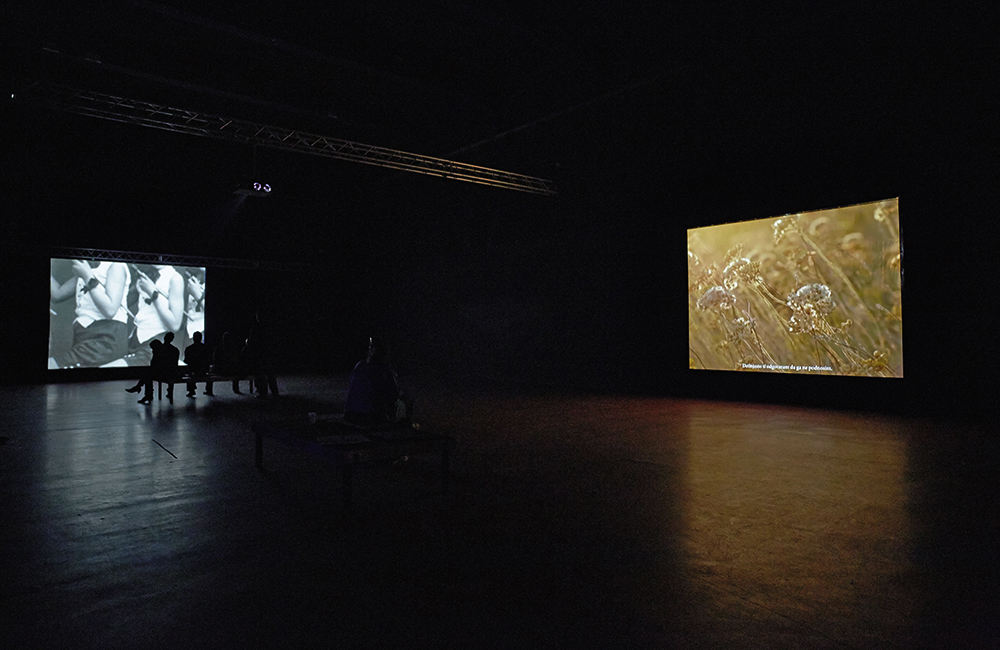
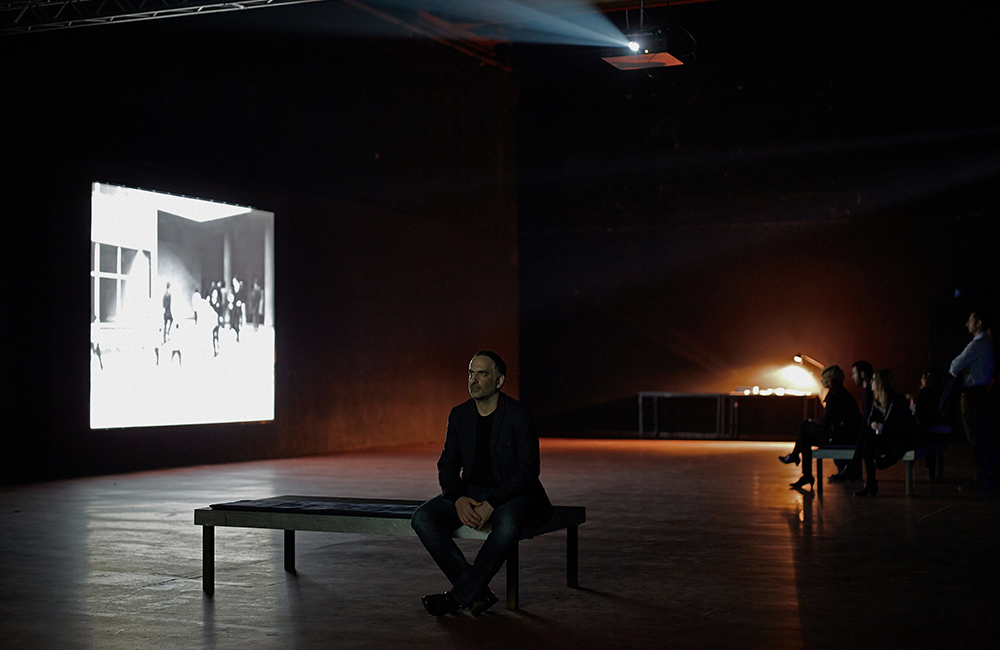
Salon of the Museum of Contemporary Art
Belgrade
Curated by Una Popovic


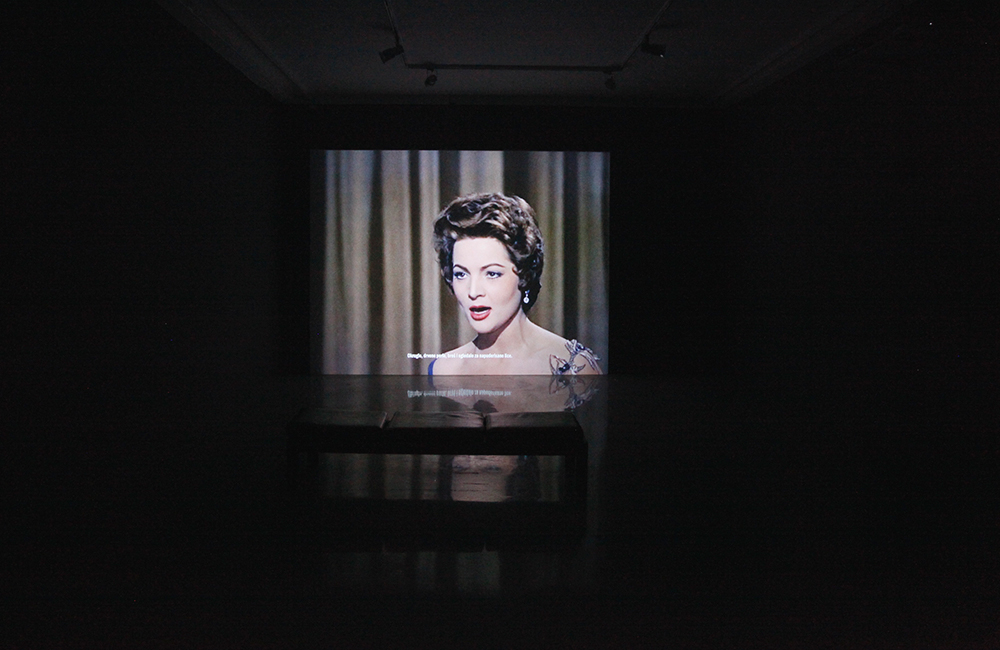
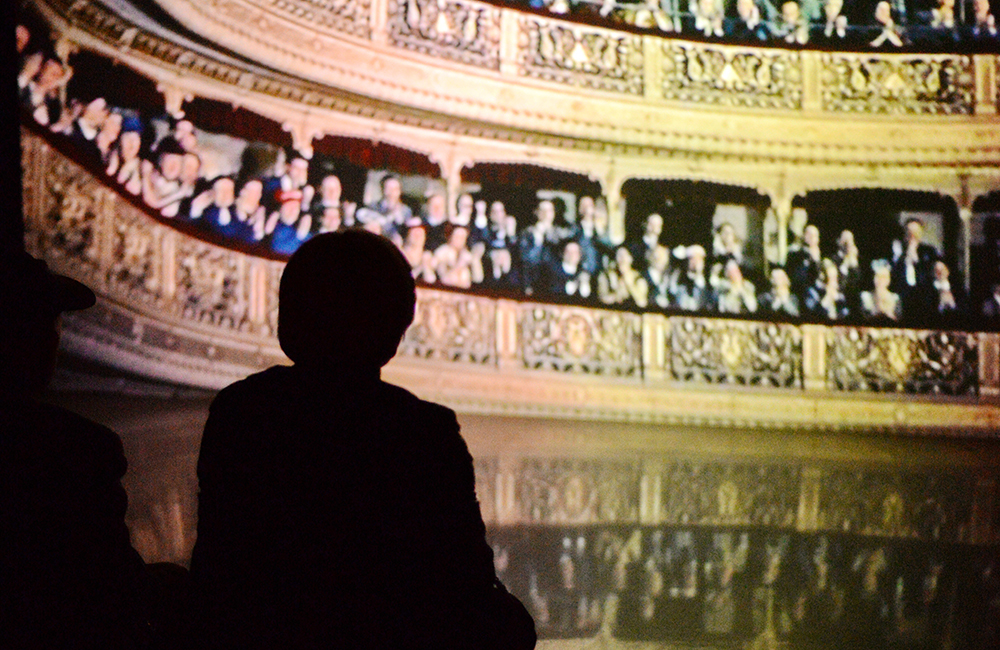
STILLS & Photographs
‘If names act as containers for what is left behind, they are also flexible containers, deeply held, withheld. The multiple meanings of Mira’s own name emphasize an openness of both perception and interpretation. A golden field, wind blowing through it. A lush waterfall. A family photograph. A soap opera. Mira (one etymology or another,) and photographs of the ocean. Columbus’s ocean: a vast signifier, pre-colonization, pregnant with possibility. Mira’s ocean: strange, rebellious.’
From:
Ocean, Marvel, Strange, Rebellious
by Asa Mendelsohn


‘Images of empty seats, some of them with blankets hanging over the backrest, cling to my brain. They are bound up with a high level of familiarity and, at the same time, with an acute sense of inaccessibility. Its atmosphere is dense with palpable absence. The elliptical quality of the images lies in their ambivalent interplay between presence and absence. On the one hand, these images breathe loneliness and isolation. Death might be present in the absence of a living body. The Christmas tree and some party garlands seem out of place in this setting. The blankets function like the chalk drawings used by the police to mark the position of an absent corpse. On the other hand, the blanket on the seat also reminds me of a body that used to be comforted with its warmth. Someone put a blanket on a seat. At least someone took into consideration this need to be comforted. Someone cared for a person who needed help.
“Old people deserve attention. (…) You have dinner with them, entertain them, help to take their minds off of their absent children. You ask yourself whether someone will take care of you in your older days.”
Some day in the future, I will recall these words.’
From:
The Letter,
by Christel Stalpaert


